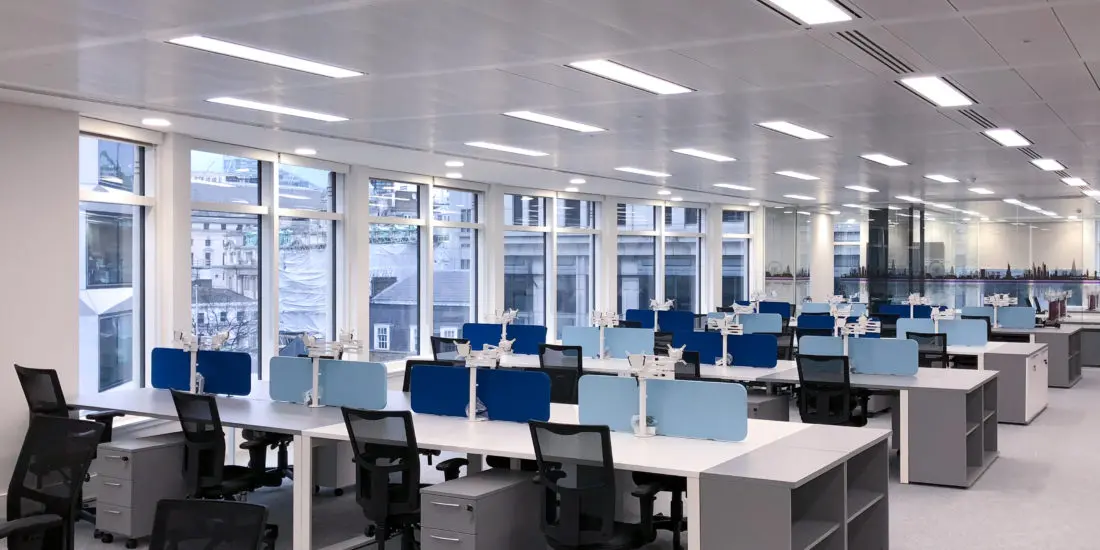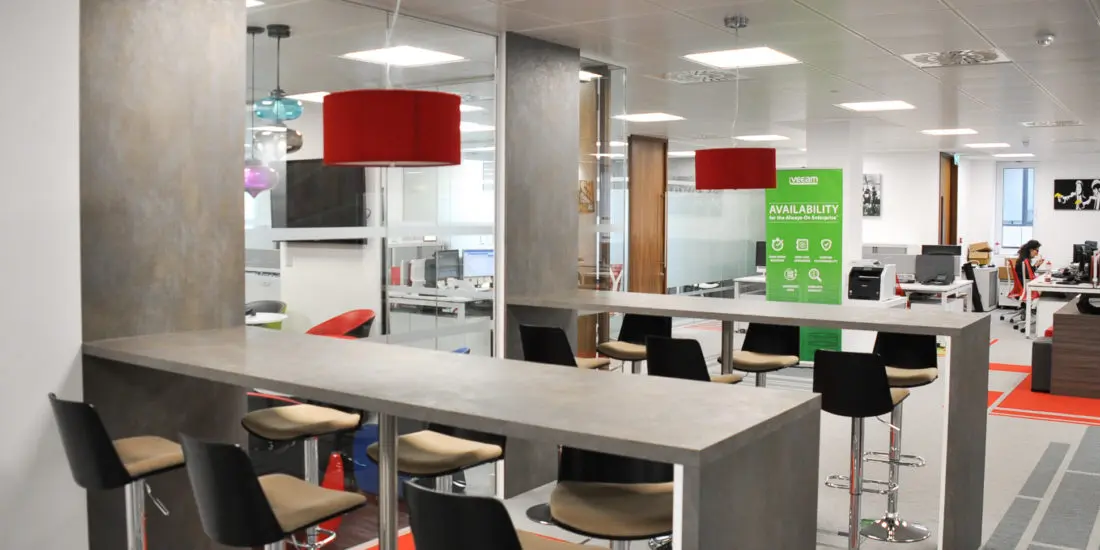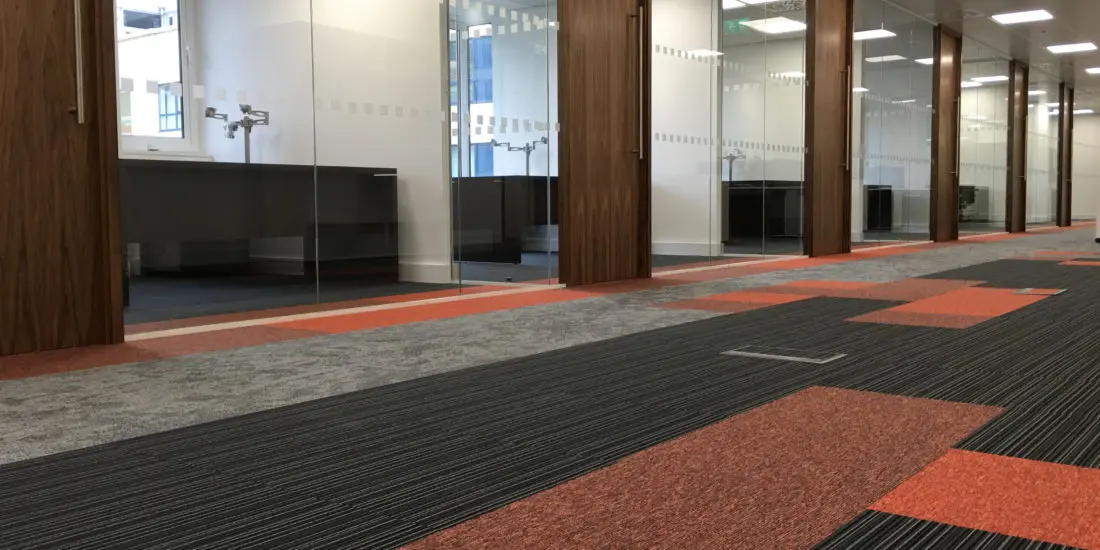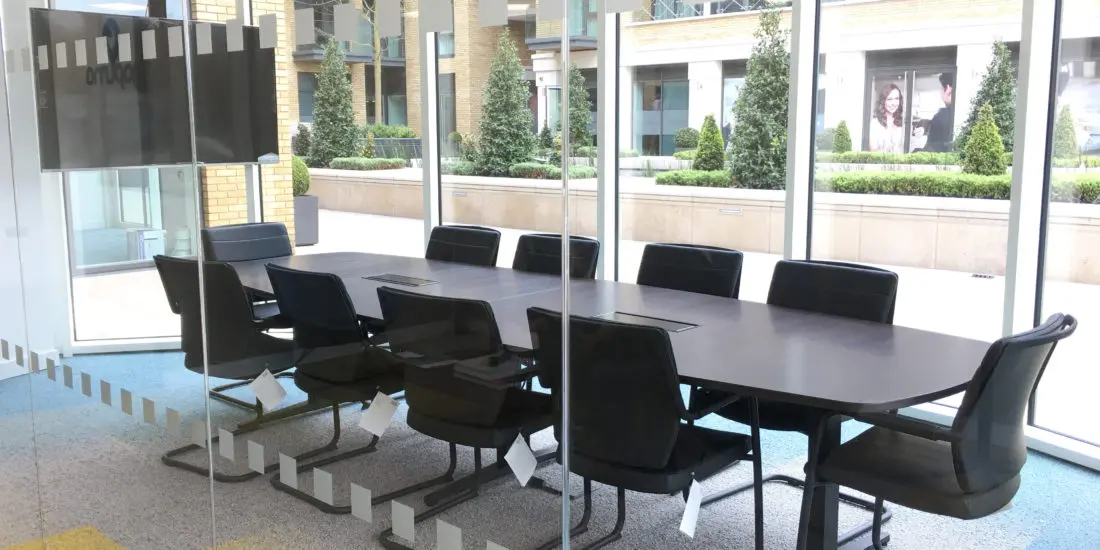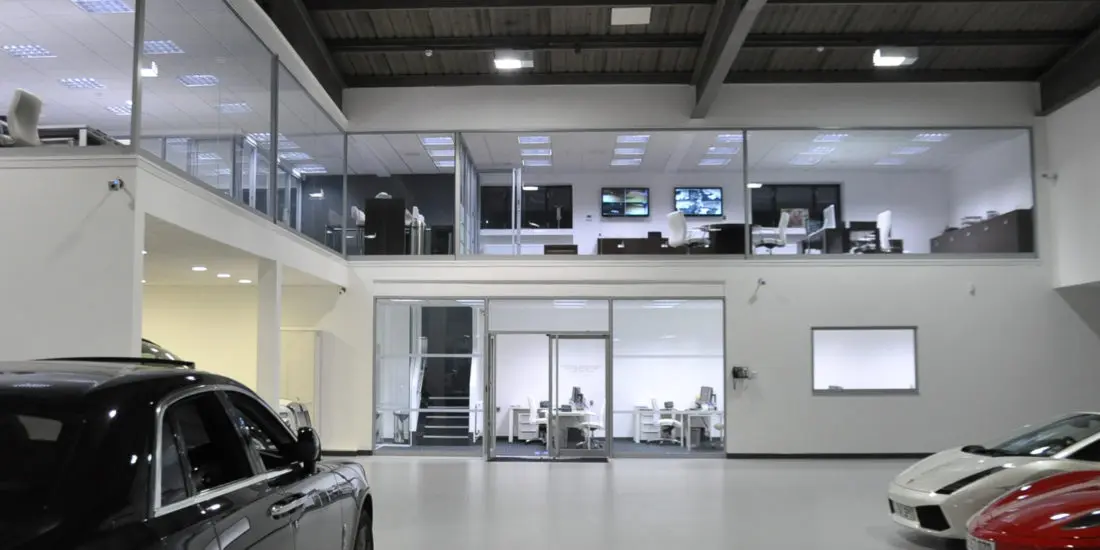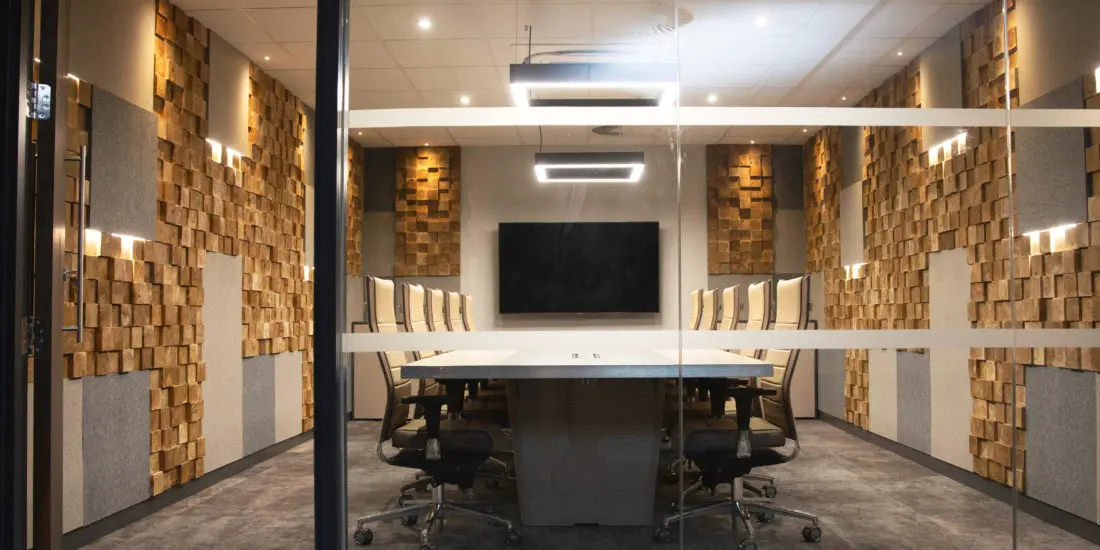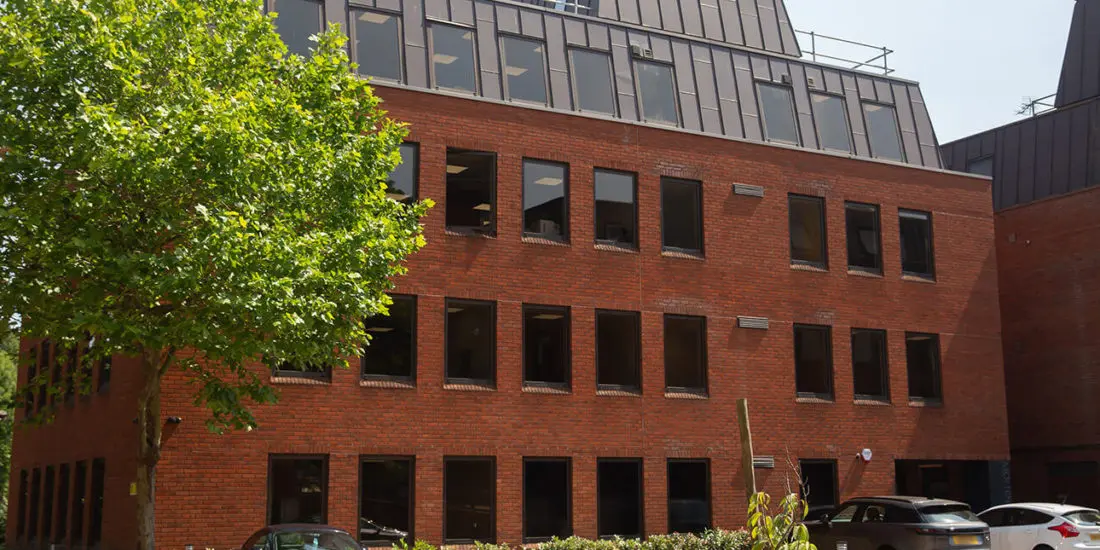Ergonomic office designs are concerned with the user's entire environment, and alterations are made to make it more pleasant for them to utilize. Furthermore, Ergonomics is prepared to position our working environment in a comfortable manner for our employees. When we say "comfortable," we don't mean nice working circumstances; rather, we're talking about things like "is this conveyor belt positioned at a height that will lead the majority of people to stop working and the others to develop a repetitive strain injury?"
As a result, the importance is tied to fostering a workplace that addresses the worker's health and welfare with the goal of requiring less time off for work-related injuries and comfort in the sense that keeping a healthy working environment helps with employee retention. It is just as crucial to the modern office as it is to every office that has ever existed or will exist in the future. The equipment and furniture should be designed and laid out in such a way that they can be used efficiently over time. Even more than for the job function, this is efficient and comfortable for the individuals.
Ergonomics office design, in its broadest meaning, influences all of our professional activities, from simple tasks like sitting and writing at a desk or lifting and carrying a load to more complex procedures like nuclear power plant control. The application of ergonomics concepts to all work tasks is therefore critical to excellent occupational health and safety practice.
The scientific study of the link between man and his working environment is known as ergonomics. In this sense, the term "environment" refers not only to the physical surroundings in which someone may work, but also to his tools and materials, work practices, and work structure, whether as an individual or as part of a team. All of this is tied to the man's nature; his strengths, capacities, and limitations.
Ergonomics is affected by a wide range of scientific disciplines and technological advances. Anatomy and physiology teach us about the structure and function of the human body. Anthropometry is the measurement of a person's body size. Physiological psychology is concerned with the functioning of the brain and nerve system. The purpose of experimental psychology is to define human behaviour's boundaries. Industrial medicine can help detect job circumstances that may be dangerous to the human body.
Knowledge of the working conditions will be gained through physics and, to a lesser extent, engineering. The primary research efforts are concentrated on these areas, the results of which, along with the knowledge collected, form the foundation of ergonomics. Regardless of how important it is, research is simply one aspect of the issue.
To be meaningful, the results must be applied and tested in the field, and because we are concerned with human activity, this means that the results should be applied primarily in industry. Their application will be the primary focus of the design engineer, work-study engineer, and industrial medical officer, as well as the architect, personnel officer, or management on occasion. Ergonomics can also be used in military applications. In truth, in America, 'human engineering' has been primarily focused on military issues.
The discipline's main goal is to increase the efficiency of human activity by giving data that allows informed decisions to be made. It should allow for the individual's cost to be minimised, particularly by deleting design elements that are likely to cause inefficiency or physical handicap in the long run. Its actions should raise awareness in the industry about the need of taking human issues into account when planning work, contributing not only to human welfare but also to the national economy as a whole.
It requires the alignment of the chair and desk in relation to the user's body dimensions, the optimal thermal, acoustic, and illumination level around the user's working area, the ease of using the work tool, and understanding the body position in relation to the furniture used and the work tasks assigned to the user.
Office ergonomic designs are frequently overlooked at both the corporate and individual levels. It takes around an hour. It is important to understand that adopting static postures when working long hours is harmful to one's health. It is critical to do an ergonomic assessment of the office and instruct staff on how to sit correctly ergonomically and establish an ergonomic area for the user.
To summarise, ergonomics matured' as a work/function-centred paradigm. It is now more focused on the individuals. That implies it must be simple to use, presentable, and, most importantly, adaptable. The fewer the contraptions, the better. GXI group is one of the most well-known places to locate the ideal answer for your ergonomic office designs. Gxi Group specialises in end-to-end office fit-outs and refurbishments for small and medium-sized businesses.
Contact us today!


.jpg)




